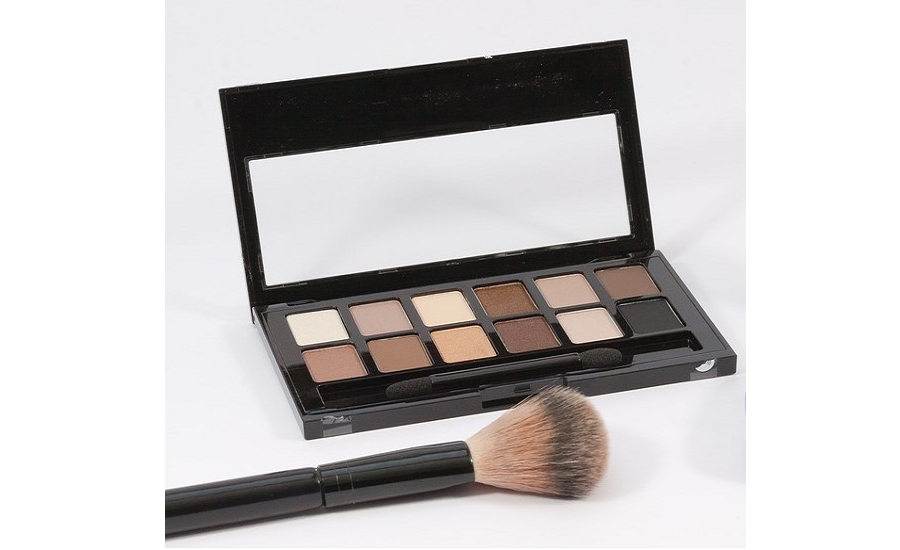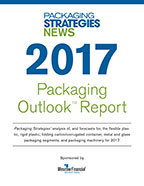Global eye makeup market projected to grow through 2020

The eye makeup segment is one of the fastest-growing segments of the global color cosmetics market and is expected to continue growing in the coming years, according to Technavio (technavio.com). With the rising demand for eye makeup, manufacturers are developing new products to drive sales in the market. In the eyebrow segment, vendors like MAC and Clinique are among the leading players in the U.S. The consumption of niche brands like Anastasia Beverly Hills is also high across the US.
Technavio's analysts forecast the global eye makeup market to grow at a CAGR of 5.19% during the period 2016-2020.
Brijesh Kumar Choubey, a lead analyst from Technavio, specializing in research on cosmetics and toiletry sector, says, “Despite the economic slowdown in several countries, consumers treat these products as an affordable luxury. For instance, despite the slowing economic conditions, consumers in Brazil continue to spend on color cosmetics. Attractive packaging and the trend of growing consciousness about health and wellness are adding to the growth of the overall color cosmetics market.”
The top three emerging trends driving the global eye makeup market according to Technavio consumer and retail research analysts are:
- Customized virtual platforms to enhance shopping experience
- Surge in demand for mineral eye makeup
- 3D makeup printer
Customized virtual platforms to enhance shopping experience
Cosmetic players are crafting and focusing their presence in the digital arena and are also investing increasingly in digital solutions to engage the millennials and Generation Z. Millennials are twice as likely to be early adopters of technology than the previous generations. Almost 70%-75% of women belonging to this particular population segment believe that looking beautiful is important in comparison to approximately 50%-55% of the women in the baby boomer generation.
Thus, the millennials are driving the shift of the color cosmetics products’ retail toward the online platform. For instance, U.S.-based virtual makeover technology solution provider Taaz teamed up with Estée Lauder, Laura Mercier, Revlon and Aveda in 2013 to create virtual try-on packages. This helped end-users sample the products and customize them as per their needs. The technology allows the consumer to upload a picture and then try out different makeup ranges from various brands. Another example is Estée Lauder 's Let's Play Makeover widget that lets the consumers test and try its entire cosmetic line, including eye makeup, before purchasing the product online or in store.
Surge in demand for mineral eye makeup
Mineral eye makeup is growing in popularity as it is natural and has inorganic substances that contain no carbon. The majority of regular makeup contains ingredients that are potential irritants to the skin. Ingredients like chemical dyes, synthetic fragrances, binders, and preservatives can have harmful effects on the skin. Mineral eye makeup contains minerals like titanium dioxide, zinc oxide, mica, iron oxides, and gold. These minerals are micronized and milled into nanoparticles, which are used to create makeup. Some of them also have built-in sunscreen, which adds value to the final products. Furthermore, zinc oxide has anti-inflammatory and soothing effects on the skin. It also helps remove redness, and heals irritation in case of sensitive skin.
Mineral eye makeup is mostly fragrance-free and excludes most chemicals, dyes and preservatives. It also reflects light and obscures the appearance of lines and wrinkles. Some mineral makeup companies also have cruelty-free, vegan, and gluten-free products.
With the surge in demand for natural and organic eye care products, the demand for mineral eye makeup is rising exponentially. The mineral eye makeup products are one of the growing trends in the beauty industry, and women across the globe are using this makeup to reduce wrinkles, as these products also contain Vitamin A and E.
3D makeup printer
Technological advancements have been aiding in the customization of products. For instance, the Mink 3D printer helps in printing color makeup. The user needs to pick a color, either from a picture found online, a clicked photo, or a color in image editing software like Paint or Photoshop. This allows users to print and wear makeup in any color rather than being restricted to a limited color palette. The 3D makeup applies the same FDA-approved ingredients used by popular makeup brands. The printer is targeted at users in the 13-21 years' age group.
The inkjet handles the pigment, and the raw material and can create any type of makeup such as powder, cream, or even a lipstick. Consumers can choose the color that they like and get the hex code for the particular color. This can be easily done with the help of software such as Colourzilla, which is a Chrome extension. Then, the hex code is pasted in a program such as Photoshop or Paint, following which, the makeup is printed in 3D. The growing customization trend is surging the demand for Do-It-Yourself (DIY) market. Manufacturers are increasingly focusing on the popular approach owing to the changing customer requirements.
Another example is of the Swedish beauty brand FOREO, and the MODA makeup printer. The MODA system creates a composition of facial geometry in real time at 90 frames per second. The facial mapping software and biometric lens first analyses the facial landscape and then customizes the makeup. It has triple layer 3D printing. The makeup is applied in three steps. First, the primer is applied, followed by the foundation for highlighting and contouring, and then the high impact color for eyes, cheeks, and lips.
“The 3D printers are not only used for the final products but are also used by the manufacturers for R&D purposes. For instance, L'Oréal has partnered with Organovo to print 3D skin samples. The synthetic skin is intended to be used to test the makeup sample and the skincare products,” says Brijesh.
Looking for a reprint of this article?
From high-res PDFs to custom plaques, order your copy today!





